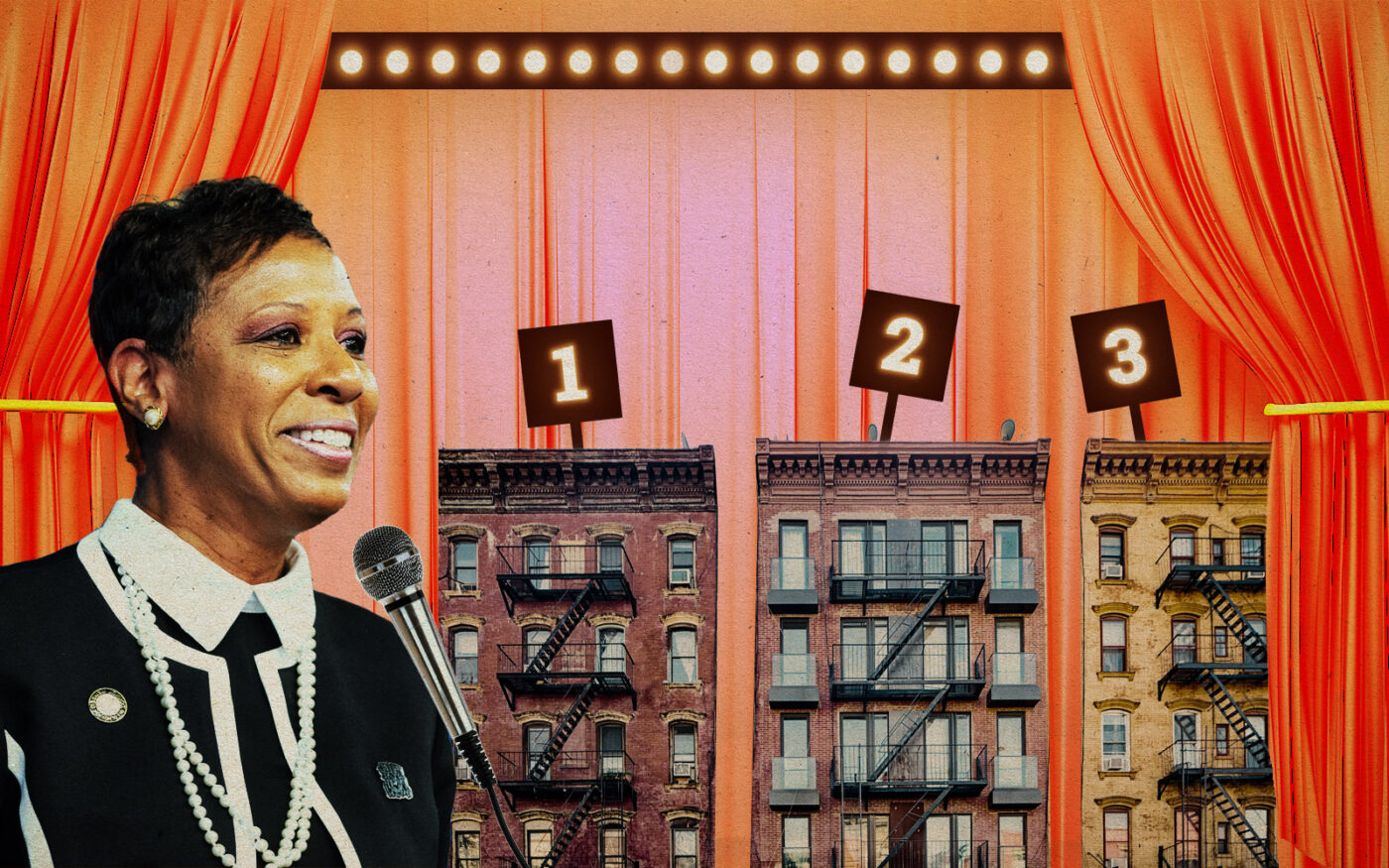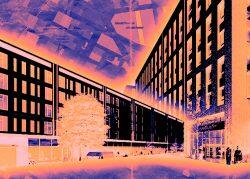
City Council to overhaul affordable housing mandate
Speaker also pitches higher density, pledges new manufacturing zoning

Developers already expect the City Council to negotiate for deeper affordability than mandated by the city’s hallmark affordable housing program. But that target may soon be required by law for many projects.
City Council Speaker Adrienne Adams on Wednesday pitched a revision to the city’s Mandatory Inclusionary Housing program. Her proposal “would require the deeply affordable option of MIH (Option 3).”
Although the wording says Option 3 would be required, a spokesperson for the speaker insisted that Options 1 and 2 would remain available. The proposal adds that Option 3 hinges on affordable housing credits from the state.
Under MIH, a de Blasio administration law, developers have to choose from among three (and sometimes four) affordability options to take advantage of greater project density allowed by rezonings.
But those affordability levels soon became a mere starting point for negotiations with the local Council member, who by tradition has the final say in spot rezonings proposed by developers and neighborhood rezonings proposed by the mayor.
The speaker’s proposal moves that floor even higher — posing a challenge for developers already coping with the loss of the 421a tax abatement for rental projects.
For a neighborhood rezoning, the speaker would apparently allow the city to mandate Option 3, which requires 20 percent of a project’s units be reserved for those making an average of 40 percent of the area median income. Adams also wants to increase that percentage of units to 25.
“The current levels of affordability simply don’t cut it for too many families,” Adams said during her State of the City speech Wednesday.
The speaker’s proposal was not unexpected, as she has made clear that she favors requiring deeper affordability levels than what MIH does. Recent major rezonings — including those passed for Innovation QNS and Halletts North — both did so.
Adams’ colleagues in the Council will likely support her proposal, but a greater hurdle remains. She acknowledges that increasing the share of affordable units to 25 percent under Option 3 would be “contingent on the state providing the necessary affordable housing credits to facilitate its development in New York City.”
By that, she meant something like the property tax break 421a, which expired last June. Progressives in the state legislature have blocked passage of a replacement.
“These ideas are innovative and good,” Mitch Korbey, chair of Herrick’s land use and zoning group, said of the speaker’s plan. “But by itself, it is not meaningful. We need to do this with 421a or its replacement.”
The industry argues that high property taxes on rental housing makes such development unprofitable, except for ultra-luxury projects.
The City Council has moved away from MIH’s Option 2, which calls for 30 percent of apartments to be set aside for households making an average of 80 percent or less of the area median income. The Council removed Option 2 from the Soho-Noho rezoning.
During her speech, Adams indicated that in coming weeks, the Council will introduce a “Fair Housing Framework” bill creating district-level goals for affordable housing. Such targets could help the city achieve the growth required under Gov. Kathy Hochul’s housing plan, should it get through the state legislature.
Adams also indicated that if the state lifts the cap on the city’s residential floor area ratio, the city would create a new affordability mandate. State lawmakers have expressed concern about lifting the cap without one.
Her State of the City report also pitches a density bump for projects that house New Yorkers making an average of $56,000 or less. It also revives a proposal to build public housing on vacant New York City Housing Authority land, as first reported by The City.
She also pledged to advance the mayor’s Zoning for Economic Opportunity text amendment to update manufacturing zoning to spur industrial development. Adams pointed to Bushwick, Sunset Park, Long Island City and Hunts Point as areas that would benefit from such changes.
She noted that in her district, a 15-acre dairy plant in Jamaica has sat vacant for seven years. She said the city and state should work to reactivate such sites for industrial use.
“We are sitting on industrial gold mines that have been neglected,” she said.
Read more






